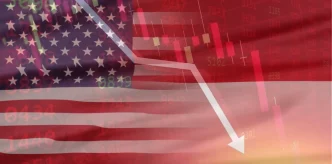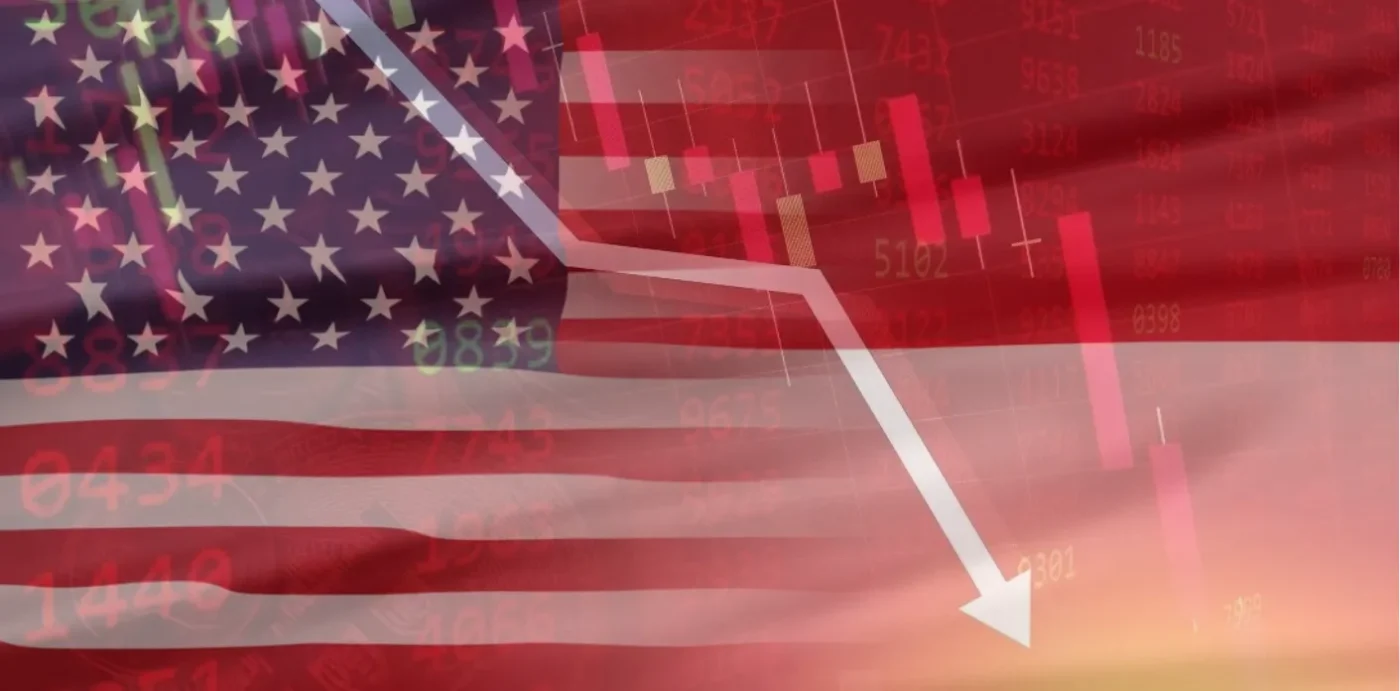Indonesia is racing against time to secure a trade agreement with the United States, as a looming deadline threatens to impose punitive tariffs on nearly all Indonesian exports to the world’s largest economy. With just one month until the US-enforced “reciprocal tariffs” are set to take effect, negotiators in Jakarta face mounting pressure to concede ground, even as questions persist over the fairness and logic of Washington’s trade policy.
Unequal Negotiations Under Tariff Threats
Unlike traditional trade talks where nations mutually lower barriers to boost economic benefits, the current negotiations with the US are far from equal. Washington has unilaterally imposed tariffs on dozens of countries, including Indonesia, and is now demanding concessions to lift them. This approach lacks the mutual market-opening principles that typically underpin trade agreements, instead aiming to force countries like Indonesia to import more US goods while potentially exporting less to the American market.
Indonesian officials have expressed frustration over the rationale behind Washington’s policy, which hinges on the simplistic view that a trade deficit with the US equates to unfair practices. Indonesia has maintained a trade surplus globally for several years, with bilateral trade with the US forming a significant portion. However, recent data from Statistics Indonesia reveals a sharp decline in this surplus, dropping to near zero in April 2025, particularly in trade with the US. While this may be a temporary fluctuation, it does little to ease the pressure on negotiators.
“If we produce shoes, clothing, and other goods at competitive prices for US consumers, why should we be penalized for that” asked a senior trade official in Jakarta, speaking on condition of anonymity due to the sensitivity of ongoing talks. The official emphasized that Indonesia is not forcing its products on anyone, challenging the US to provide specific evidence of unfair trade practices rather than relying on broad trade balance figures.
Protectionism on Both Sides
While Indonesia contests the US approach, it acknowledges that its own trade policies are not without flaws. Washington could point to local content requirements—rules mandating a certain percentage of domestically produced components in goods—and restrictions on food imports as examples of Indonesian protectionism. These policies, designed to bolster local industries, have long been a sticking point in international trade discussions.
On the flip side, Indonesia could counter with examples of US protectionism, such as the Inflation Reduction Act, the CHIPS Act, and the Build America, Buy America Act, alongside tariffs on steel imports. These measures, aimed at shielding American industries, mirror the kind of market interventions the US critiques in others. Analysts suggest that focusing on these specific policies, rather than overall trade balances, could provide a more constructive basis for negotiations, fostering genuine market access improvements for both sides.
Strategic Delays and Regional Coordination
With the tariff deadline approaching, the US has intensified its push, urging foreign teams last week to submit their “best offers.” Yet, some Indonesian policymakers advocate caution, wary of making premature concessions while US trade policy remains in flux amid ongoing legal challenges. This hesitance aligns with strategies adopted by other nations. South Korea’s newly elected President Lee Jae-myung, for instance, signaled last week that his administration sees no urgency in finalizing a deal with Washington, a stance Jakarta appears to view as a potential model.
Coordinating with ASEAN and other regional trade partners could further strengthen Indonesia’s position. By presenting a united front, the region may gain greater leverage against unilateral US demands. “The tariff threat is a negotiating tactic” said an economist based in Jakarta, who requested anonymity to avoid influencing talks. “There’s no need to be intimidated by a deadline when the broader policy framework is still unsettled.”
Economic Stakes and Domestic Impacts
The potential imposition of US tariffs could have far-reaching consequences for Indonesia’s economy, which relies heavily on exports to the American market. Key sectors such as textiles, footwear, and electronics—major contributors to the trade surplus—stand to be hit hardest. The port of Tanjung Priok in Jakarta, the country’s busiest seaport handling vast cargo volumes, symbolizes the scale of trade at risk. A downturn in exports could ripple through supply chains, affecting manufacturers, port workers, and ancillary industries.
Moreover, the financial burden of tariffs could translate into higher costs for Indonesian businesses, potentially reducing competitiveness in other global markets. For instance, a small textile firm in Java reported costs of 1,500,000 Indonesian Rupiah (US$94) per shipment to the US under current conditions. Tariffs could inflate this significantly, squeezing already tight margins. While exact figures depend on the final tariff rates, which remain undisclosed, the uncertainty alone is dampening business confidence.
Beyond economics, the political ramifications are notable. Trade disputes with the US could fuel domestic debates over Indonesia’s broader economic strategy, particularly its reliance on export-led growth. Public sentiment, as gauged from recent posts on X, reflects a mix of defiance and concern, with many Indonesians questioning why their government should bow to external pressure over successful trade practices.
Historical Context of US-Indonesia Trade Relations
Trade tensions between Indonesia and the US are not new, though the current standoff marks a significant escalation. Historically, Indonesia has navigated US demands by balancing concessions with assertions of sovereignty. During the Obama administration, for instance, disputes over agricultural imports led to protracted talks, ultimately resolved through incremental policy adjustments on both sides. The Trump administration’s earlier tenure also saw tariff threats, though many were later scaled back after negotiations.
Today’s context, however, differs due to the broader scope of the reciprocal tariffs policy, which targets multiple nations simultaneously. This global approach limits Indonesia’s ability to negotiate in isolation, underscoring the importance of regional alliances like ASEAN. Additionally, domestic political dynamics in the US—where trade policy often serves as a populist rallying cry—add another layer of complexity, making outcomes harder to predict.
Looking Ahead: Risks and Opportunities
As the deadline for US tariffs draws near, Indonesia faces a delicate balancing act. Conceding too quickly risks undermining long-term economic interests, while prolonged resistance could trigger immediate financial penalties. The path forward likely lies in targeted negotiations that address specific grievances—such as local content rules or US subsidies—while preserving core trade advantages.
For now, the mood in Jakarta remains cautiously defiant. With ASEAN coordination offering a potential buffer and legal challenges to US policy still unresolved, Indonesian negotiators may yet find room to maneuver. As the situation unfolds, one question looms large: can Indonesia turn this trade standoff into an opportunity to redefine its global economic standing, or will it be forced to accept terms dictated from afar?
















